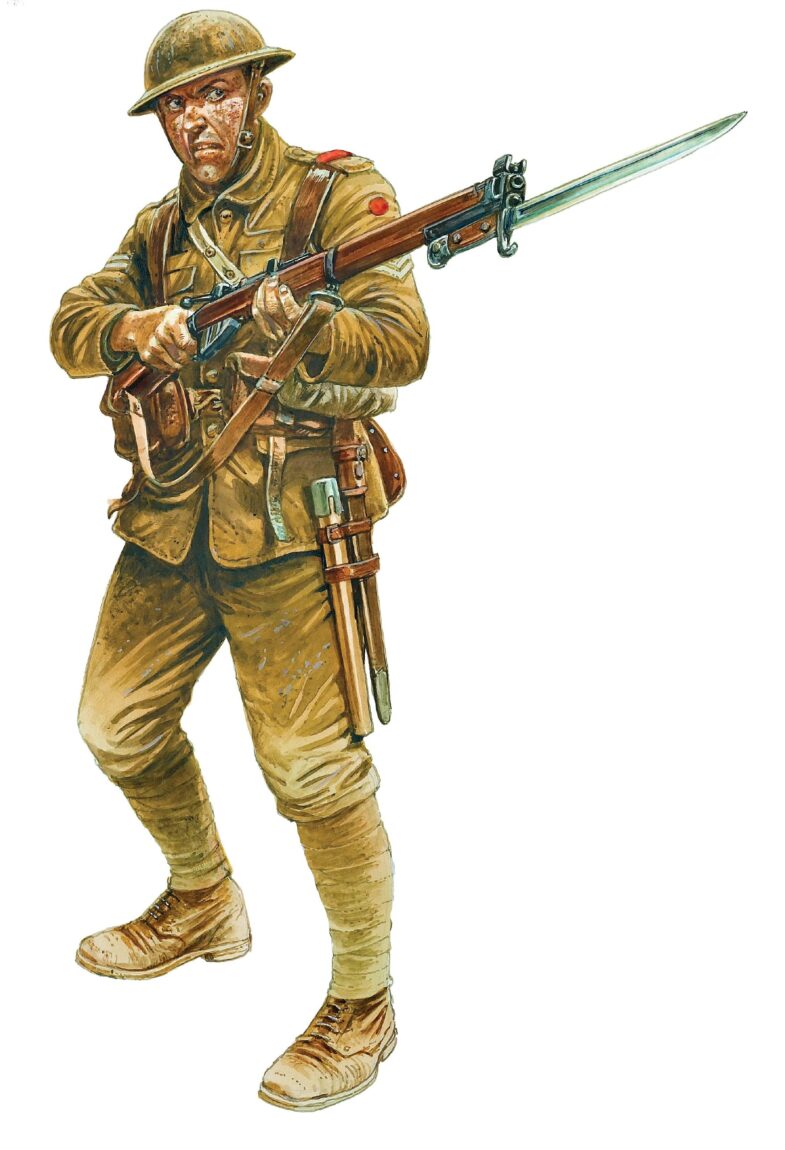
Headgear: The steel Brodie helmet became standard by July 1916.
Uniform: Khaki woolen 1902 Pattern Service Dress Tunic and Trousers.
Gas Mask: His gas mask, called a gas helmet, is in a canvas bag slung under his left arm. By 1916, these masks covered the whole head and included celluloid eyepieces.
Rifle: Standard, 10-round .303 Short Magazine Lee-Enfield (SMLE), with leather sling, and Pattern 07 sword bayonet with 17-inch blade.
PUTTEES: These long strips of fabric wrapped spirally around the lower leg for support and protection were in general use from 1902 until 1938, when they were replaced by gaiters.
1914 Leather Belting: With slow production of the preferred canvas webbing, many units were issued leather belts to carry ammunition pouches, the bayonet frog, an entrenching tool handle, water bottle, haversack, large pack, mess tin, and more.
Boots: Unlined ankle boots, in service from the mid-19th century, called Ammunition Boots by the British, included hobnail soles.
The East Lancashire Regiment was a British Army line infantry regiment originally formed with two battalions in 1881. During World War I the regiment included 15 additional volunteer battalions, as part of Britain’s volunteer “New Army.” The 11th Battalion, known as the Accrington Pals, with recruits from the town of Accrington, included four companies of 250 men. Raised in September 1914, the unit left for Egypt in December 1915 as part of the 31st Division. Within a month of their arrival in Egypt, the battalion was ordered to France.
The unit’s first action came on July 1, 1916, the first day of the Battle of the Somme. With the 11th battalion leading, the 31st Division was to attack the hilltop fortress of Serre, then defend the advance of the rest of the British attacking force.
The 11th Battalion left the trenches at 7:20 a.m. and advanced on Serre. At 7:30, the Germans began firing machine guns and tossing grenades at the 11th Battalion troops. Some men from the first company are believed to have made it into the German trench lines, but were never seen again. The battalion took heavy casualties, and were stopped cold in No Man’s Land. With no reinforcements, the surviving troops were forced to withdraw back to their trenches.
The East Lancashire Regiment suffered more casualties that day than on any other in its history. The 11th Battalion suffered 594 casualties out of the 720 in the attack. A mile to their south, the 1st Battalion lost 463 casualties out of 700 officers and men who went “over the top.”
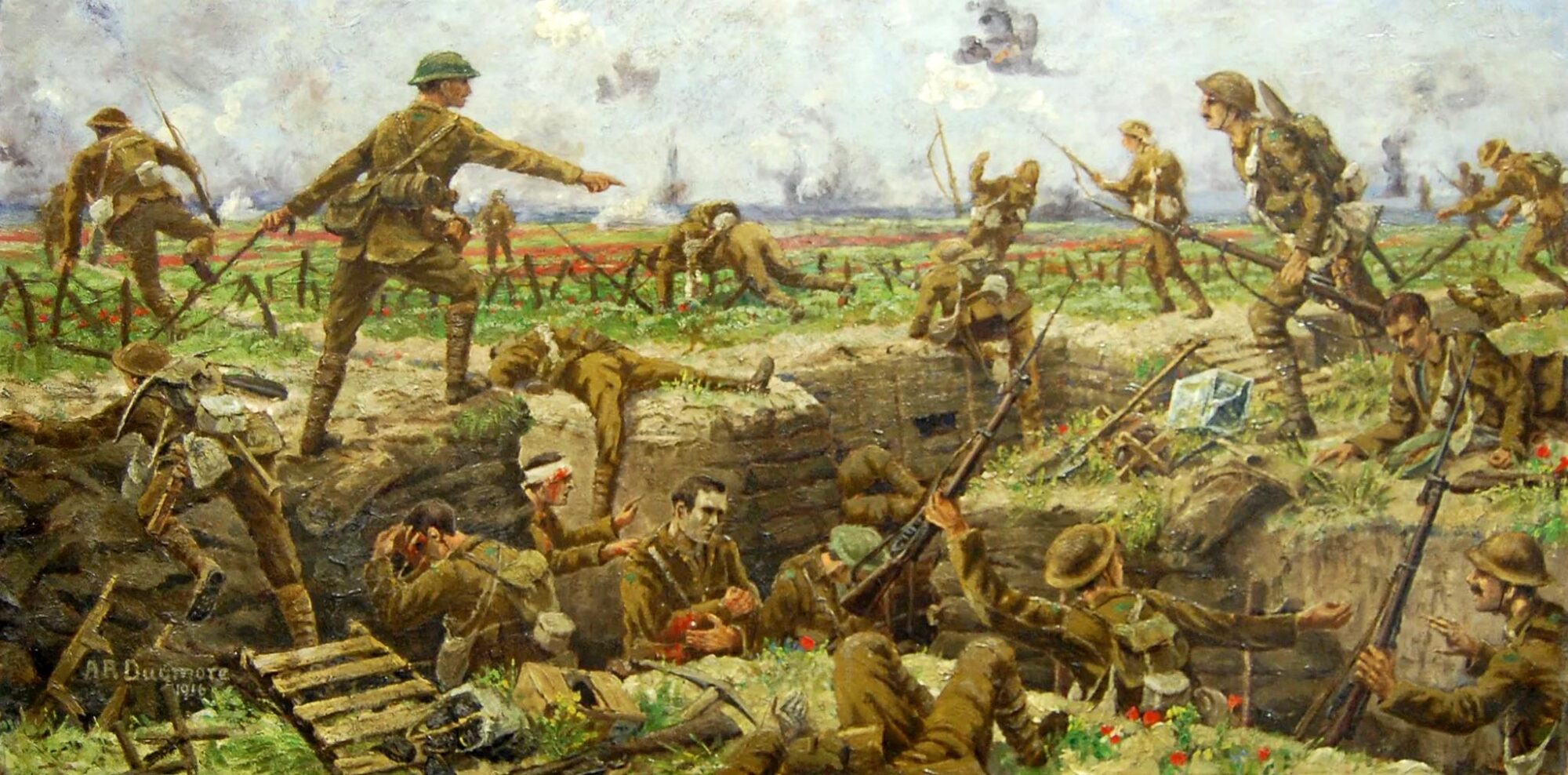
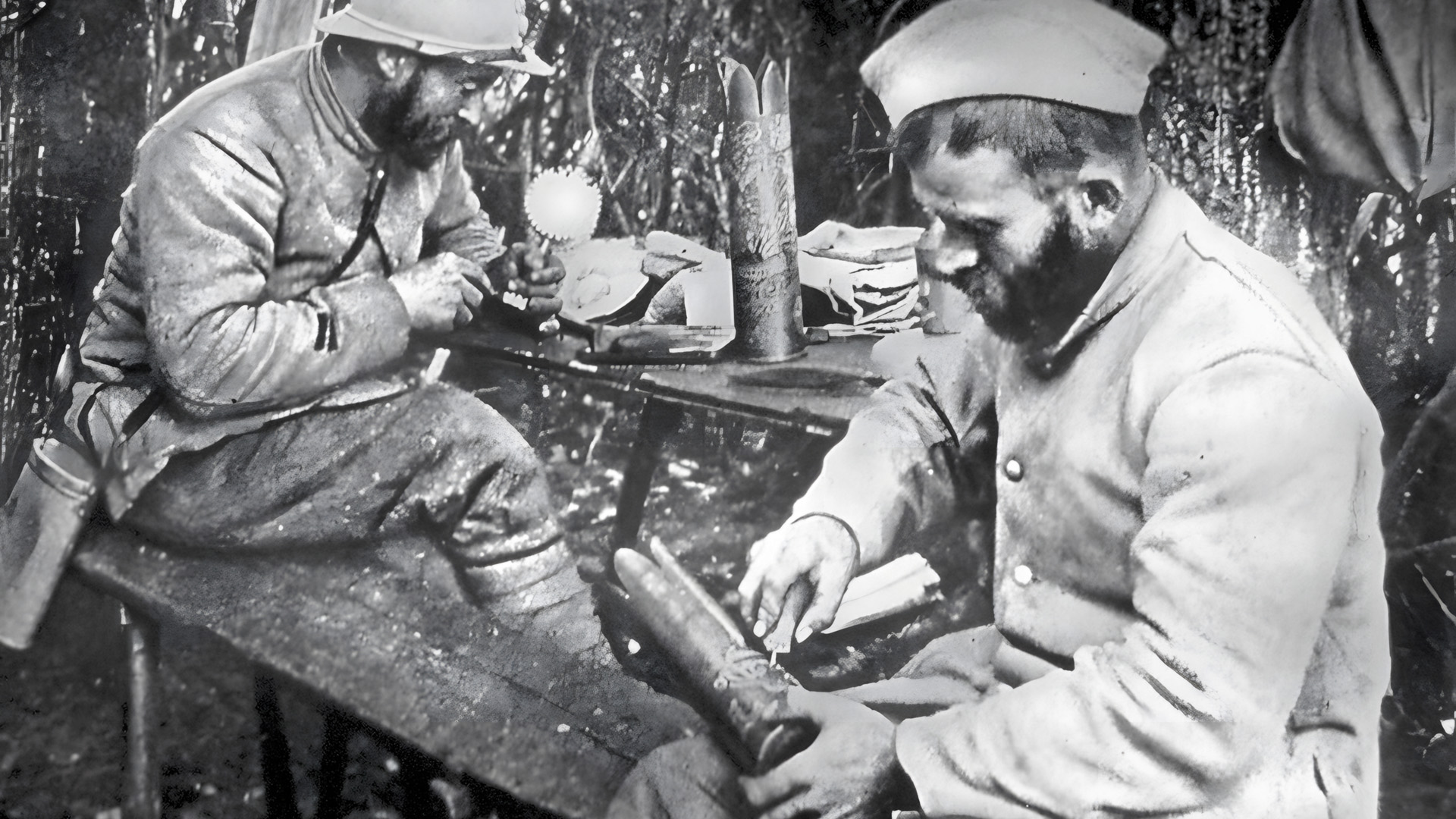
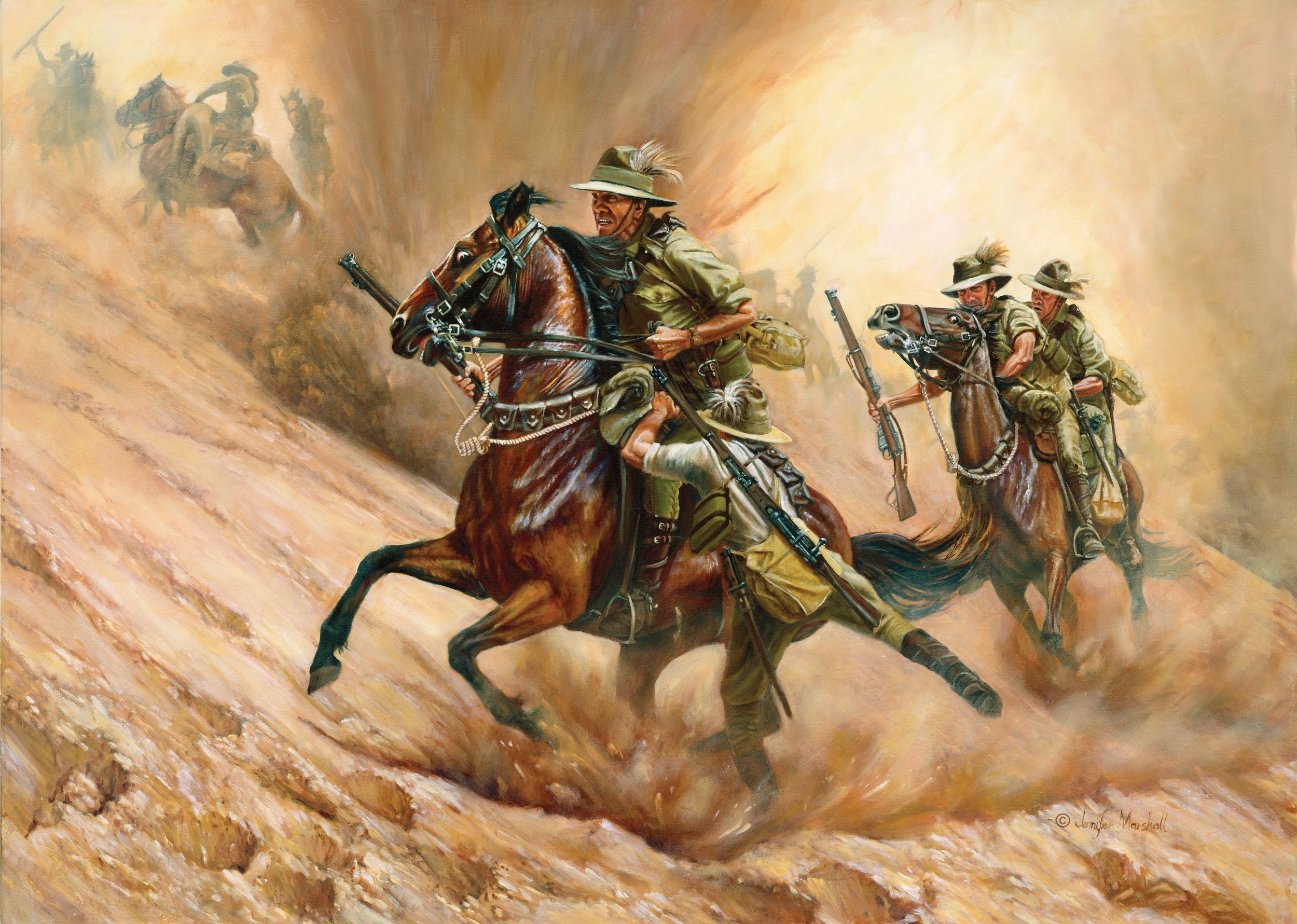
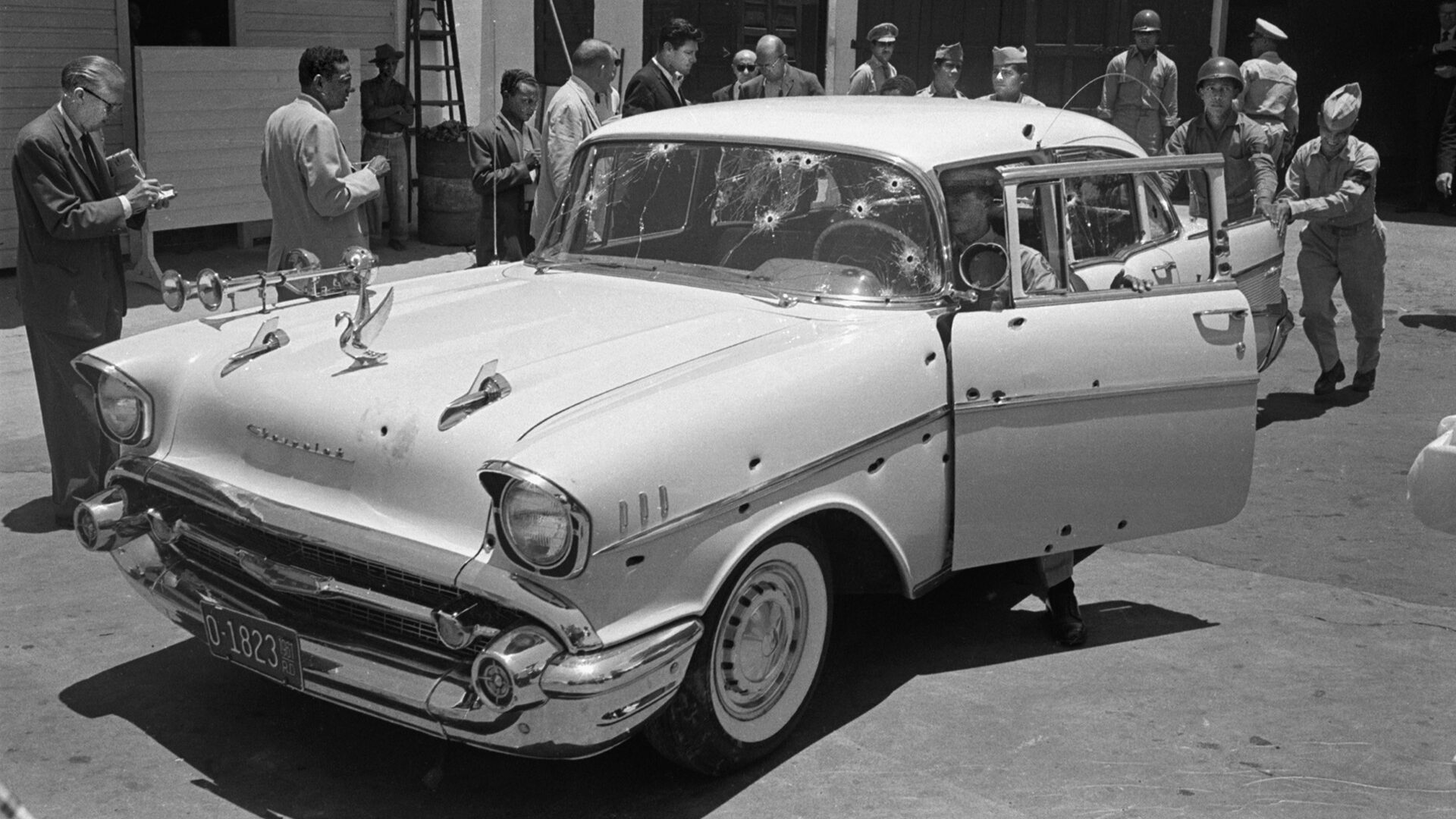
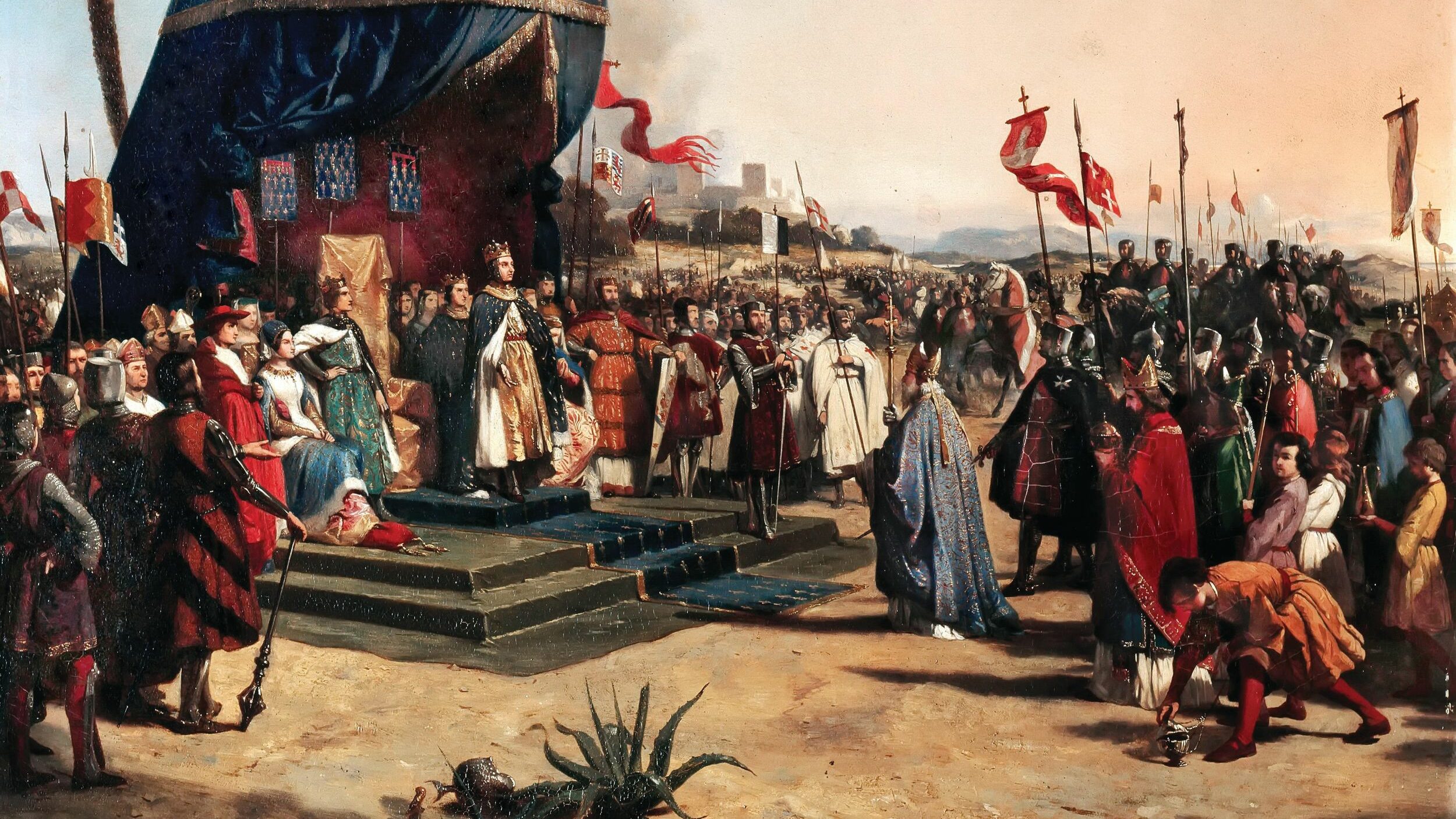
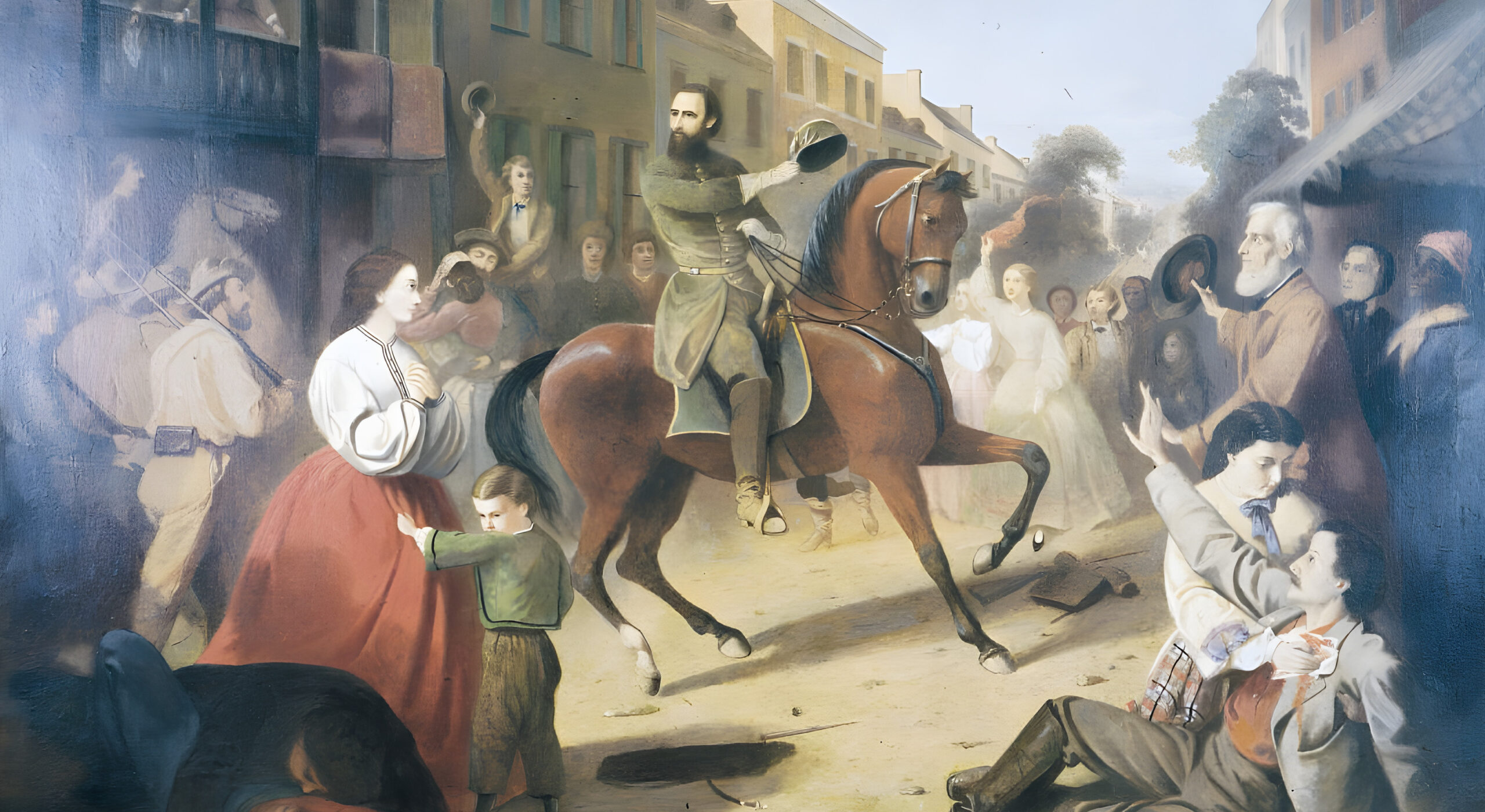
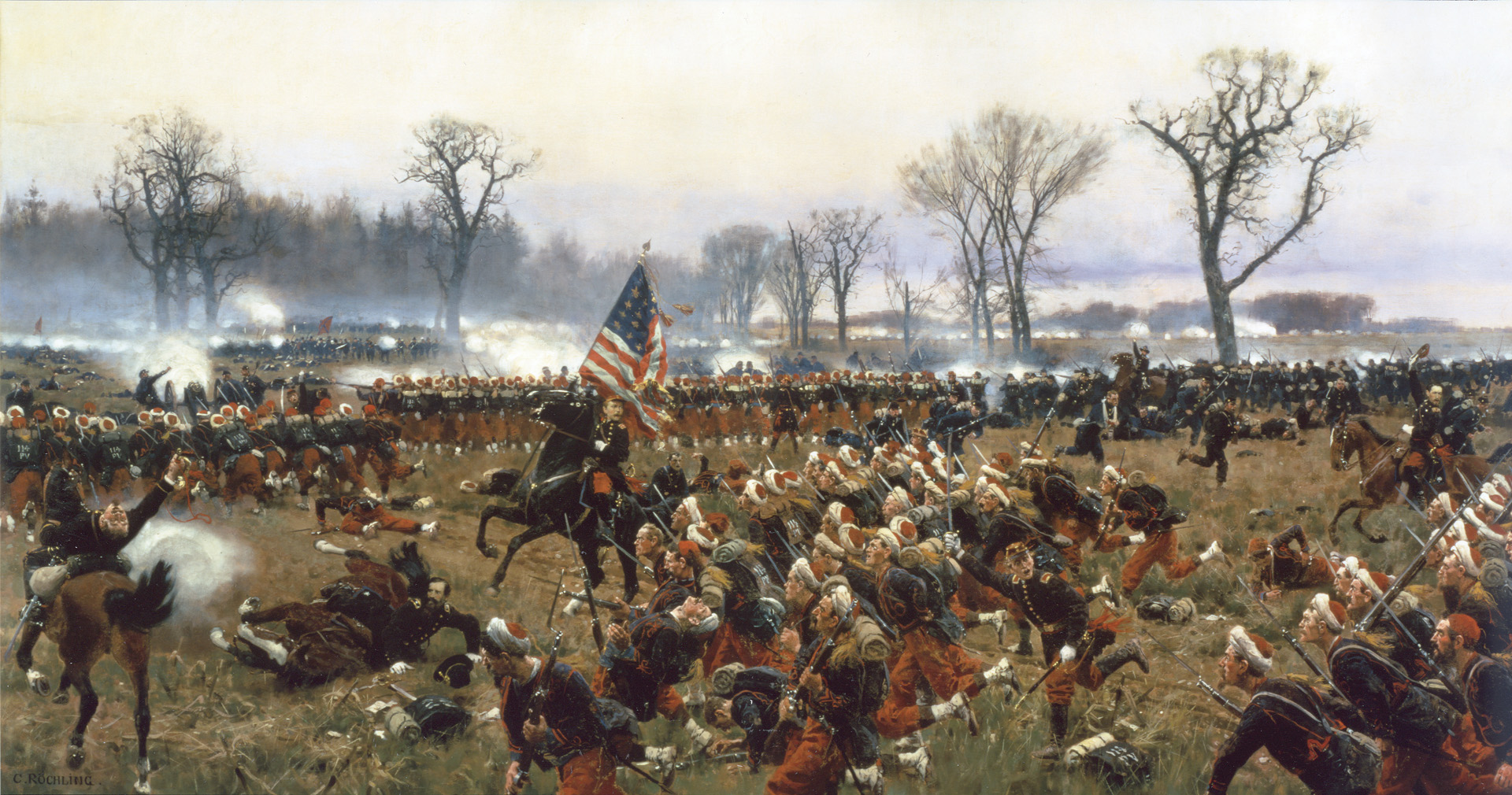
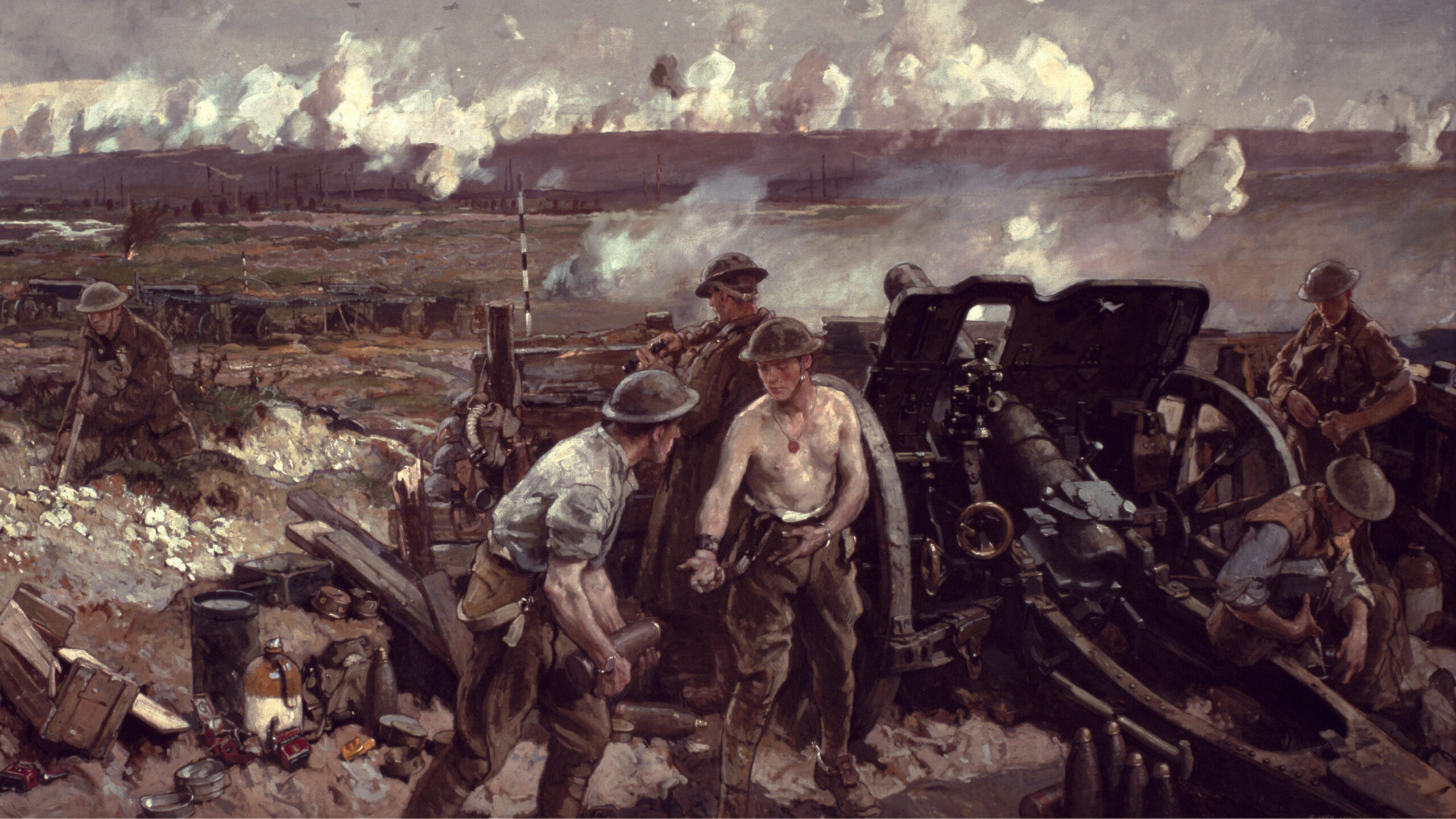
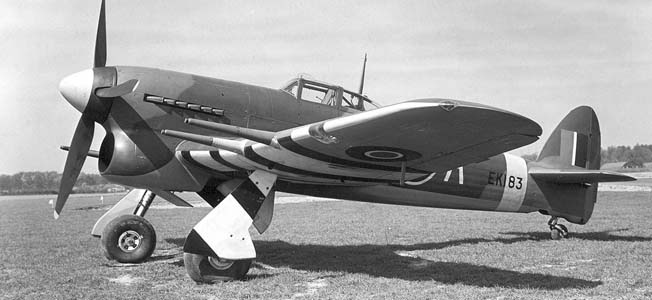
Join The Conversation
Comments
View All Comments